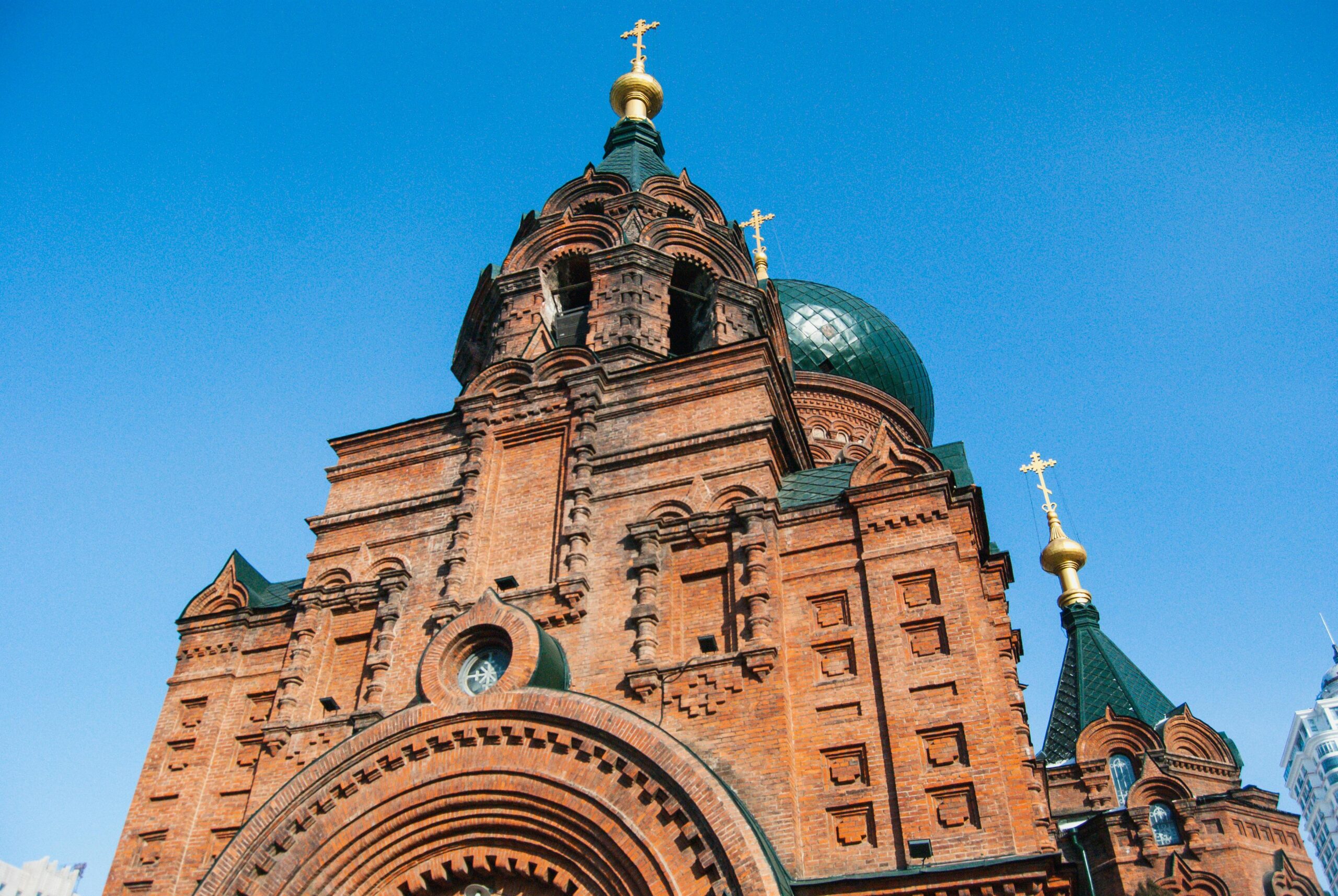As one of China’s most significant archaeological museums, the Jin Shangjing History Museum in Acheng District, Harbin, offers unparalleled insights into the Jurchen Jin Dynasty (1115-1234). This 1,700-word guide provides historians, cultural enthusiasts, and travelers with essential information about this UNESCO World Heritage tentative list site, combining academic rigor with practical visitor insights.
Established in 1115 by Emperor Taizu of Jin, Shangjing (Upper Capital) served as the political and cultural center of the Jin Dynasty for 38 years. The museum complex preserves:
The museum’s permanent collection features three UNESCO-protected artifacts:
ORNATE BRICK CHAMBERED TOMB FROM THE JIN DYNASTY DISCOVERED IN CHINA
Recent studies published in Cambridge’s Antiquity Journal confirm:
“The Shangjing site represents the best-preserved example of Jurchen urban planning, combining nomadic traditions with Chinese administrative architecture.”
Dr. Li Xiaocen, Peking University (2023)
| Category | Details |
|---|---|
| Opening Hours | 9:00-17:00 (April-October) 10:00-16:00 (November-March) |
| Admission | ¥50 (Free guided tours at 10:30/14:00) |
| Multilingual Support | English, Japanese, Korean audio guides available |
With its 8.7/10 rating on TripAdvisor and recognition by the International Council of Museums, the Jin Shangjing History Museum remains essential for understanding:





Explore the Real China.
Top Destination
Information